A website is nothing without traffic, and to drive traffic to your website requires advertising.
Whether you’re trying to sell products or services online, one of the best ways to drive quality traffic to a new website is with Google AdWords.
What exactly is Google AdWords?
Google AdWords has several campaign types. This article will focus on the two primary pay per click campaign options available.
If you visit a search engine such as Google.com and do a search for “Local Plumbers” you will get several search results. At the top of the page you will see paid ads being ran by companies who are running AdWords campaigns.
Google AdWords can also display your ads on other websites. This is called Google’s Display Network.
How do I get started?
You have two options. Option one would be to hire an Ad Agency like BT Web Group to run your ads for you. Option two would be to create an AdWords account and get started.
A lot of work goes into creating, monitoring, and optimizing an AdWords campaign. Here are some steps to take, and some points to keep in mind.
The first thing you will need to do is figure out exactly what it is that you are wanting your AdWords Campaign to accomplish – figure out what the goal of the campaign is.
Some common AdWords Campaign goals include:
- Opt-in to an email newsletter
- Make a purchase on an e-commerce website
- Fill out an online form
- Watch a video
- Call a phone number
Next Steps.
The next step is to create a list of keywords that are specifically targeted to what your audience would be typing into google to find your product or service. The longer your list of keywords, the better.
Next you will want to create a landing page to send your visitors to. Your landing page should be short but with enough information to answer as many of your visitor’s questions as possible, with an easy way for them to complete your goal. The landing page is important in an AdWords campaign because it is used to help create a quality score for your ads. The higher quality your landing page is, the higher your quality score will be, and the less you will pay per click.
Now it’s time to think about ad copy.
You will want to write ads that people will want to click on. The most common approach is to write ad copy that speaks to the searcher’s end goal – or, what it is that they’re looking to achieve. For example, if i were advertising plumbing services i may write an ad for the keyword “Local Plumber” that says “Fix Plumbing Issues Today”.
Your ad will need a display url, this url can be different then the actual url to your landing page – this is often different to create a more inciting looking ad to click on. People are more likely to click on my plumbing ad if the url ends in “/special-discount”, then if it ended in “/landingpage”.
Extensions.
You may want to consider adding ad extensions to your campaign. Here is a list of the more popular ad extensions that are available in AdWords:
- Location extensions
- Callout extensions
- Call extensions
- Message extensions
- Sitelink extensions
- Price extensions
For more information on ad extensions visit Google’s Ads Help article.
Monitoring and Tweaking.
Once your ad is running, it’s time to start monitoring and tweaking.
You will notice that some people may be clicking on your ads from keywords that do not have actionable intent. For example, i may be generating traffic to my landing page from a keyword such as “buy plumbing supplies” – since i don’t sell plumbing supplies, but instead sell my plumbing services i may wish to add that keyword as a negative keyword within my AdWords Campaign. Negative keywords will help you save money in the long run, and allow you to further target your ads to the correct people.
You will also want to monitor your cost per click to insure that you are seeing a return on your AdWords investment. Google has a great article here that explains this in more detail.
Never forget to TRACK.
One of the most important aspects to running a successful AdWords campaign is tracking your conversion rates. There are a lot of ways to successfully track conversion rates on your website’s landing page, and the method chosen will be different for each goal type. Here is an article from Google that will help explain conversion tracking, and some methods used to insure you are seeing accurate visitor activity.
Please take a moment to like, share, and tell us your thoughts about this topic. Thank you.
Written By Shane Shuford – Chief Technology Officer

 Local SEO Services
Local SEO Services



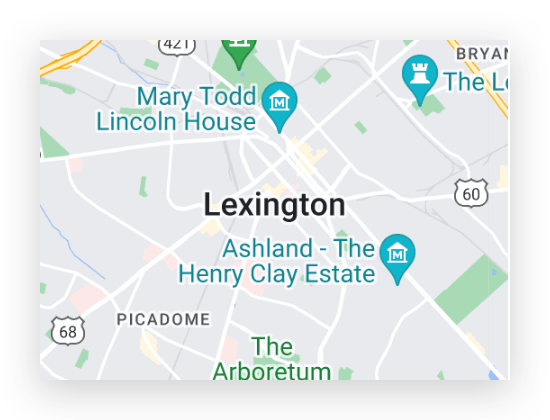
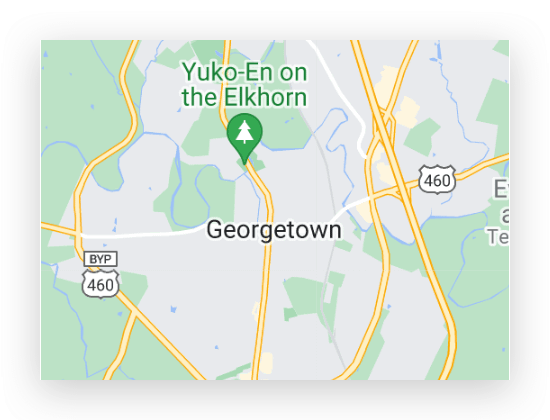
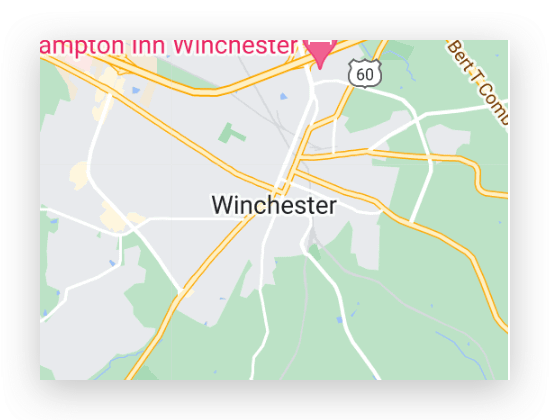
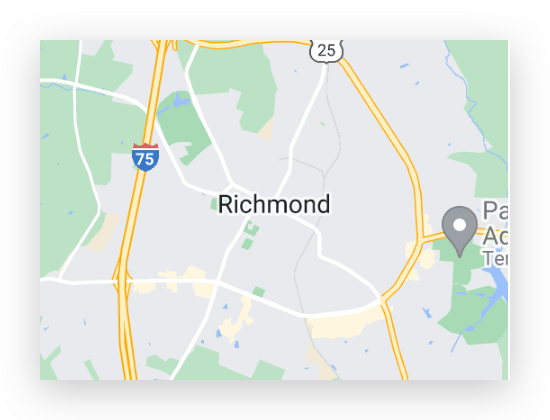
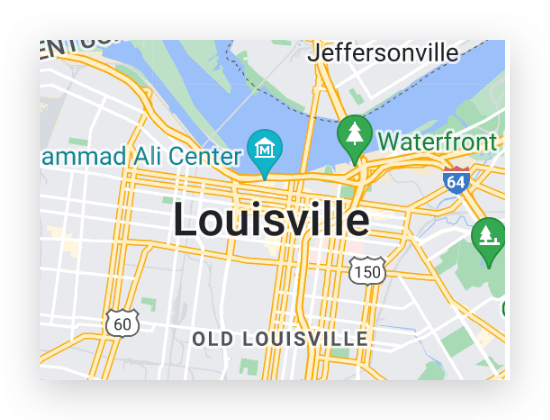
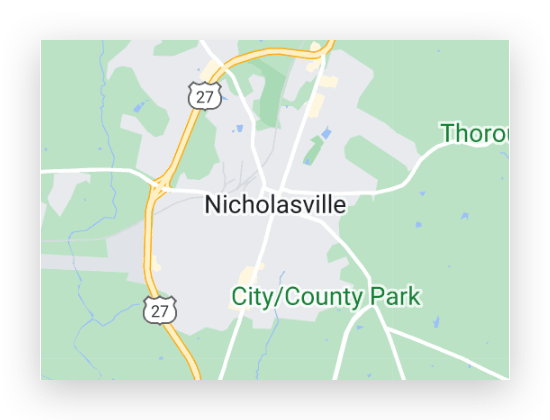







 About Us
About Us Newsletter
Newsletter Our Work Brochure
Our Work Brochure